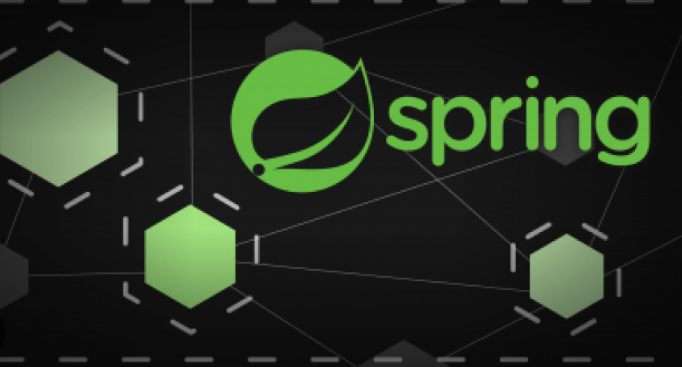Building a blogging platform with Java and Spring Boot involves creating a backend server to handle blog-related functionality and integrating it with a database for data storage. Here’s an overview of the steps involved:
- Set up the Development Environment:
Install Java Development Kit (JDK) and an Integrated Development Environment (IDE) like IntelliJ IDEA or Eclipse. - Create a Spring Boot Project:
Use Spring Initializr or your IDE to create a new Spring Boot project with the necessary dependencies, including Spring Web, Spring Data JPA, and Spring Security. - Design the Database Schema:
Identify the entities required for your blogging platform, such as users, blog posts, comments, and categories. Design the database schema and define the relationships between entities. - Implement Entity Classes:
Create Java classes representing the entities in your database schema. Annotate them with JPA annotations (@Entity, @Table, @Column, etc.) to define the mapping between the Java objects and database tables. - Implement Repository Interfaces:
Create repository interfaces by extending the JpaRepository interface provided by Spring Data JPA. These interfaces will provide CRUD operations and querying capabilities for each entity. - Implement Service Classes:
Create service classes to handle the business logic of your blogging platform. These classes will interact with the repository interfaces to perform operations like creating, updating, and deleting blog posts. - Implement Controller Classes:
Create RESTful API controller classes to handle incoming HTTP requests from clients. Map these requests to appropriate service methods to perform operations like fetching blog posts, creating comments, etc. - Implement Security:
Secure your blogging platform by implementing authentication and authorization mechanisms. Use Spring Security to handle user registration, login, and access control for different endpoints. - Implement Views and Templates:
If you want to build a server-rendered blogging platform, implement views and templates using a template engine like Thymeleaf or Freemarker. These templates will generate HTML dynamically based on the data from the server. - Implement Frontend:
Build the client-side of your blogging platform using frontend technologies like HTML, CSS, and JavaScript frameworks (e.g., Angular, React, or Vue.js). Make AJAX requests to the backend APIs to retrieve and display data. - Add Additional Features:
Implement additional features like user profiles, tags, search functionality, RSS feeds, and social sharing to enhance the blogging platform. - Test and Debug:
Write unit tests for your backend code using frameworks like JUnit and Mockito. Test different functionalities and handle error scenarios. Debug and fix any issues that arise during testing. - Deploy the Application:
Package your Spring Boot application as a JAR file and deploy it to a Java application server like Apache Tomcat or use cloud platforms like Heroku or AWS Elastic Beanstalk. Deploy the frontend application by hosting static files on a web server or using a CDN. - Monitor and Maintain:
Set up monitoring tools and logs to track application performance and identify any issues or security vulnerabilities. Regularly update and maintain the application to address bugs, add new features, and improve security.
Building a blogging platform with Java and Spring Boot provides a solid foundation for creating a scalable and customizable solution. You can continuously enhance the platform by adding features like user authentication, content management, search functionality, and more to meet the requirements of your blogging application.




